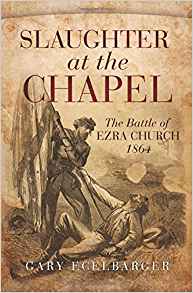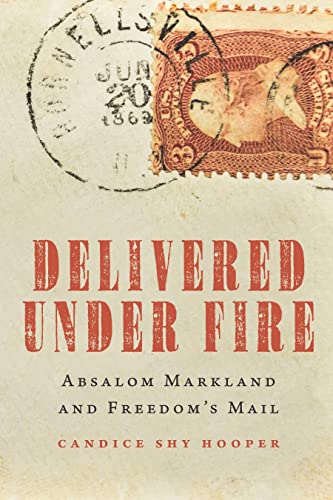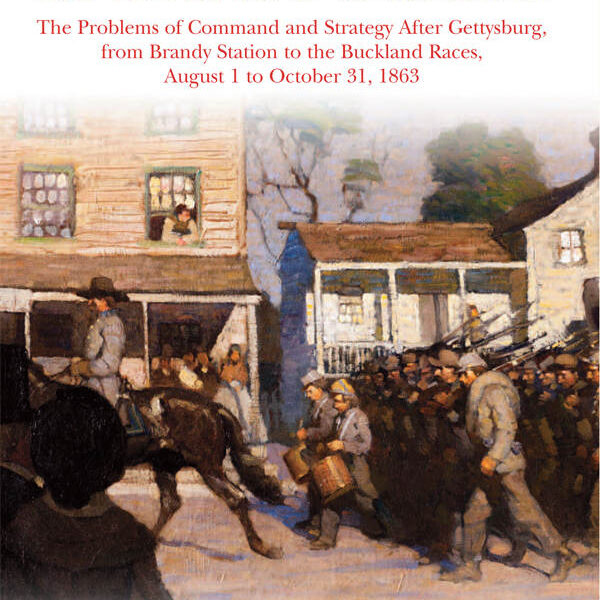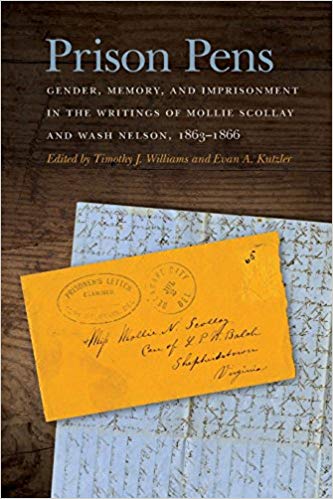Corps Commanders in Blue: Union Major Generals in the Civil War edited by Ethan S. Rafuse. Louisiana State University Press, 2014. Cloth, ISBN: 978-0807157022. $45.00.
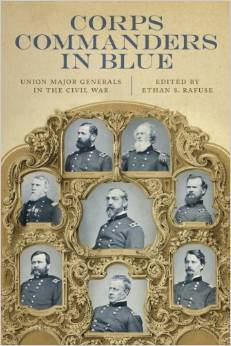 No subject in Civil War military history is responsible for more overburdened bookshelves than that of the Union high command. Nearly every corps commander in the famous Army of the Potomac, for instance, has received at least one significant biographical treatment since the mid-twentieth century. In 2006, Stephen Taaffe’s Commanding the Army of the Potomac (2006) conducted a masterful reconnaissance-in-force to investigate the comparative successes and failures of the army’s various corps leaders. Few writers, however, have attempted to consider the wider nature of corps command in the Civil War as a discrete phenomenon. Which operational and logistical problems were particularly central to corps leadership? What were the political expectations of a corps commander? With Corps Commanders in Blue, Ethan Rafuse’s team, a who’s who of scholars on the Union Army, tackles the problem of corps leadership both east and west, from 1862 to 1864. The result: a potpourri of eight wide-ranging essays on the malnourished topic of corps command in all its complexities.
No subject in Civil War military history is responsible for more overburdened bookshelves than that of the Union high command. Nearly every corps commander in the famous Army of the Potomac, for instance, has received at least one significant biographical treatment since the mid-twentieth century. In 2006, Stephen Taaffe’s Commanding the Army of the Potomac (2006) conducted a masterful reconnaissance-in-force to investigate the comparative successes and failures of the army’s various corps leaders. Few writers, however, have attempted to consider the wider nature of corps command in the Civil War as a discrete phenomenon. Which operational and logistical problems were particularly central to corps leadership? What were the political expectations of a corps commander? With Corps Commanders in Blue, Ethan Rafuse’s team, a who’s who of scholars on the Union Army, tackles the problem of corps leadership both east and west, from 1862 to 1864. The result: a potpourri of eight wide-ranging essays on the malnourished topic of corps command in all its complexities.
The essays in Rafuse’s volume principally address the two salient topics of politics and operations. For the former, readers will find a beautifully crafted, new treatment of an old topic: the very visible political fall of Fitz John Porter in late 1862. John J. Hennessy avoids the siren song of condemning Porter, a McClellan confidant whose career screeched to a halt after charges of failing to support the radical-friendly John Pope at Second Bull Run. Always the dispassionate analyst, Hennessy opts instead simply to contextualize his subject (not an easy task, but handled brilliantly) and let the reader make up his own mind. Defenders and despisers of George G. Meade will find fodder for discussion in Christopher Stowe’s likewise evenhanded portrayal of the Fifth Corps commander in early 1863. Stowe’s Meade is something of a tragic figure—an idealist who plays by the apolitical rules of military professionalism and then predictably stumbles when besieged by the rabid politics of the moment. Few students of the Civil War have ever known the “old snapping turtle” as well as Stowe does, and this volume benefits greatly from his analysis.
The balance of the volume deals primarily with operational concerns. Thomas Clemens examines the brief combat career of Joseph K. F. Mansfield, felled in the East Woods at Antietam. Steven Woodworth offers a detailed study of James B. McPherson’s role in the Vicksburg Campaign, noting how central Grant’s mentorship of fellow Ohioan McPherson was to the latter’s successful entry into corps command. Kenneth Noe presents perhaps the most intriguing subject in a study of the relatively obscure Charles C. Gilbert, a “petty martinet” and conservative toady of Don Carlos Buell, who rejected the shift to hard war as defiantly as Fitz John Porter did in the east (101). Noe focuses on Gilbert’s role in the mismanaged battle of Perryville, highlighting enough corps command incompetence to make the reader’s skin crawl. Mark Snell revisits his expertise with an authoritative study of William B. Franklin, the “old Potomac fossil” who offered a mixed performance in the Red River Campaign. Ethan Rafuse’s essay on Joseph Hooker’s corps command tenure under William T. Sherman portrays “Fighting Joe” as a ruthlessly ambitious subordinate maligned by his peers and superiors alike. Brooks Simpson, in the volume’s final essay, shifts the spotlight to Winfield S. Hancock in the Overland Campaign. Simpson’s writing is characteristically insightful here, building on Carol Reardon’s recent discussion of combat exhaustion in the Army of the Potomac (With a Sword in One Hand and Jomini in the Other: The Problem of Military Thought in the Civil War North [2012]) to note that the Second Corps drained more quickly than other units in 1864 because it could always be counted on to deliver a decisive blow. Simpson expertly intertwines the biographical detail— Hancock’s Gettysburg wound and subsequent weight gain—with the operational.
As with any edited volume, the essays in Corps Commanders speak to the book’s themes in some fundamentally different (though not necessarily divergent) ways, and some chapters may prove more useful than others given the reader’s interest. The selection of commanders may seem frustrating, since some notables were not included. Dan Sickles and Nathaniel Banks would have been interesting case studies as non-West Pointers, and Alfred Pleasonton could have added counterweight to an infantry-exclusive array. But Rafuse’s team is to be commended for offering new and insightful interpretations of otherwise saturated subjects. The volume is considered a festschrift to Herman Hattaway, longtime military historian of the Union Army at the University of Missouri and co-author of the standard one-volume operational history, How the North Won. Rafuse and his contributors have honored Hattaway in demonstrating that the topic of Union leadership is still in capable hands.
Zachery A. Fry is a Ph.D. Candidate in History at The Ohio State University.

